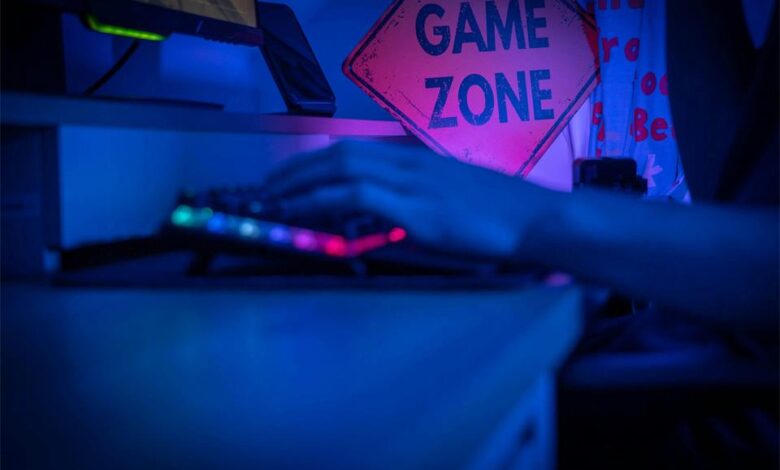How Our Brains Fell in Love with the Game

There’s a reason we can’t stop playing — whether it’s a quick mobile puzzle, a fantasy league, or even checking off a digital streak. Games, in all their forms, speak directly to the most ancient parts of our brains. They reward, surprise, and keep us chasing that next little burst of satisfaction.
Modern digital experiences, from apps to entertainment platforms, are built around the same principle. In fact, the psychology behind promotional tools for online casino uses these same mechanics: carefully designed feedback loops that make interaction feel rewarding, almost instinctively.
It’s not manipulation — it’s motivation, powered by the subtle science of how we respond to progress and reward.
The truth is, our brains never stopped being wired for play. Thousands of years ago, survival meant reacting fast, remembering patterns, and learning through repetition. Today, those instincts light up when a progress bar fills, a level unlocks, or a badge shines on the screen.
Every time we “win,” even digitally, the brain releases dopamine — a chemical associated with pleasure and learning. It’s not the prize itself that matters, but the anticipation of it. We don’t crave the outcome; we crave the process.
The loops that keep us coming back
Games are masters of feedback. They’re structured around short-term goals that build into long-term satisfaction. You’re never too far from a reward — another level, a better score, a rare item. This structure keeps players in what psychologists call the flow state: a delicate balance between challenge and skill, where time disappears.
Modern platforms have learned to mimic that rhythm. Fitness apps, productivity tools, and even online education systems use progress tracking and instant feedback to sustain engagement.
What once belonged to arcade designers now powers entire digital ecosystems. Each notification, animation, or achievement badge is a small, calculated nudge to keep users moving forward — but always just one step away from the next “win.”
The personalization paradox
The digital world has evolved beyond generic rewards. Personalization — driven by AI and behavioral data — means every experience can now adapt to what we individually find motivating. Two people playing the same game might receive different challenges, rewards, or encouragement, tailored to their specific patterns.
It’s effective, and it feels personal. But it also raises questions about autonomy. When every click is optimized to please us, where does free will end and design begin? This is the ethical frontier of engagement: the line between designing for attention and designing for addiction.
The emotional design of play
At its core, play isn’t just about pleasure — it’s about purpose. Games give structure to effort, turning abstract goals into tangible progress. They transform work into something joyful and measurable. That’s why the same principles are appearing in places you’d least expect — workplaces, classrooms, even wellness apps.
When design respects this balance, it doesn’t just capture attention; it creates meaning. The most successful interactive systems — whether they’re helping people learn, stay active, or simply have fun — understand that users aren’t just chasing points. They’re chasing mastery, connection, and emotion.
A future built on play
As technology continues to evolve, the science of engagement will grow with it. AI will predict what motivates us, VR will make feedback more immersive, and the boundaries between learning, working, and gaming will blur even further.
Our fascination with play isn’t a distraction — it’s a reflection of how we’re built. The same neural circuits that once helped us hunt, gather, and survive now help us explore, create, and grow in digital worlds.
Whether it’s a small win on a screen or a big one in life, we keep playing for the same reason we always have: to feel progress, purpose, and the joy of being in motion.



